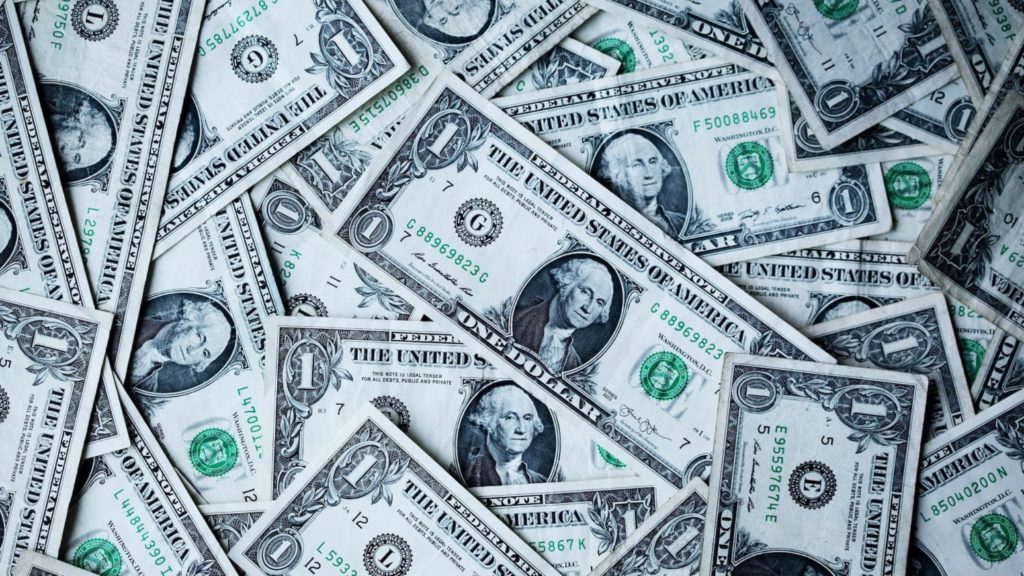In the fairly new world of Hemp products, a common question I am asked in terms of pricing is what are these prices that are all over the place based on? The short answer is that these prices are based on the actual number of milligrams(mg) contained in a product.
Some companies’ retail prices are much higher than others. This could be perceived as trying to simply make a larger profit per unit, taking advantage of the newness of Hemp products in general or possibly that the more expensive products work better than the cheaper ones. There is much to be said for “you pay for what you get”, this isn’t, however, always the case for Hemp.
One consideration for pricing is asking where does this product come from? If the Hemp comes from Europe or elsewhere outside of the U.S., it is typically a byproduct of industrial hemp grown for either food (seed oil) or for fiber. If the variety of hemp is grown for anything other than cannabinoids, it doesn’t tend to have a large quantity of cannabinoids to begin with and takes a large volume of this byproduct to yield a small amount of full spectrum cannabinoids. Hemp grown in Europe tends to be heavily subsidized and not nearly as profitable per acre when compared to hemp grown specifically for full spectrum cannabinoids.
I’m not saying that hemp grown in Europe is bad, I am saying that U.S. Grown hemp does tend to produce better full spectrum cannabinoids and is more likely to contain the Entourage Effect that more and more consumers are seeking out as they become savvy to Hemp products in general.
Hemp grown in the U.S. has to be Certified Organic and pesticides, herbicides that aren’t organic are forbidden. In addition, growers of high cannabiniod hemp in the states tend to grow with genetics very specifically bred for this content along with many other additional cannabinoids. Demand for products from U.S. grown hemp is actually increasing around the world in places such as Europe. This trend will only continue.
Consumers tend to be driven by price and some see whether something is organic or not as fairly insignificant when compared to the price. I will say that with hemp, there is a reason to seek out Certified Organic versus hemp without this distinction. If industrial hemp is grown on ground that isn’t certified there is at least a possibility that you may not want to consume products from such ground. This is because hemp itself is a bioaccumulant and can actually be used for phytoremediation, meaning it can be used to remove heavy metals and other toxic components from the earth. Noted cases include Chernobyl and the Fukushima disaster in Japan. Hemp grown for this purpose is then destroyed as waste and can potentially clean up and restore the earth it was grown on back to a more natural state for future plantings.
When pricing hemp products, I recommend you seek out products that boast of Full Spectrum Cannabinoids and also consider doing some quick math to determine what you are actually paying per mg of hemp. Here’s how: take your price such as $100 for 500mg of full spectrum cannabinoids. Divide this price- $100 by the mg- 500 and you get 0.2 or 20 cents a mg. Take a $75 price tag for 500mg and do the same thing, $75/500mg and you get 0.15 or 15 cents per mg. I hope you find this info helpful!

Comments (0)
-